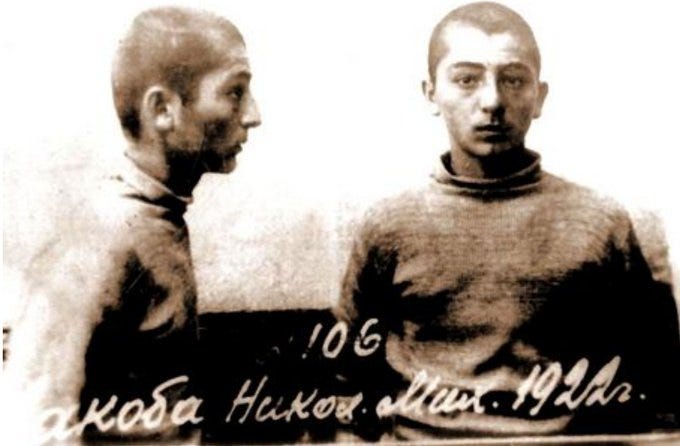Abkhazia Remembers the Victims of Political Repressions
October 30: the Day of Remembrance of Victims of Political Repressions
SUKHUM / AQW'A ― October 30th serves as a poignant day in the history of Abkhazia, marking the Day of Remembrance of Victims of Political Repressions. The region solemnly commemorates the devastating toll of Stalin’s repressions that shook the small Abkhazian community to its core, leaving it on the brink of an ethnic catastrophe.
In the dark era of the 1930s and 40s, more than seven thousand people in Abkhazia fell victim to brutal political repression. Innocents from various nationalities and professions, predominantly young individuals aged between 20 and 35, found themselves ensnared in a relentless purge that left indelible scars on the nation.
While the early 1920s to mid-1930s saw a relative respite from mass repressions in Abkhazia, the situation took a dire and sudden turn in December 1936 when Nestor Lakoba, the then-chairman of the Central Executive Committee of the Abkhazian ASSR, was poisoned in Tbilisi. This heinous act by Lavrentiy Beria set in motion a chain of events that allowed him to tighten his grip over Abkhazia and Georgia. Beria discredited Lakoba and his family, declaring them enemies of the state. Saria, Nestor’s widow, was falsely charged with plotting to assassinate Stalin and subjected to two years of torture until her death. In a brutal display of power, Lakoba’s mother was bludgeoned to death by Beria’s hangman, Razhden Gangia, and the Lakoba clan was nearly exterminated, with the children kept in prison until they were old enough to be executed.

+ The Stalin-Beria Terror in Abkhazia, 1936-1953, by Stephen D. Shenfield+ Stanislav Lakoba: “Thousands of people’s destinies in Abkhazia were crushed”+ Beria – Stalin’s right-hand man in AbkhaziaThe period from July 1937 to November 1938 saw the repression of 2186 people in Abkhazia, with 748 executed and 377 disappearing in prisons without a trace. The political purge infiltrated the highest echelons of the Abkhazian society; out of 51 members of the Abkhazian regional committee of the Communist Party of Georgia elected at the XV Abkhazian party conference in May 1937, 39 were repressed and executed. From the 120 members of the Abkhazian Central Executive Committee elected in 1936, 78 faced repression. Almost the entire scientific and creative intelligentsia of Abkhazia was exterminated between 1937 and 1942.
In the period from 1922 to 1930, Abkhazia enjoyed the status of a union republic, associated with but not subordinate to Georgia. In 1931, however, Abkhazia's political status was significantly altered as it was transformed into an autonomous republic within the Georgia, making it the only republic whose political status was downgraded rather than upgraded by Stalin.
The switch from the Latin alphabet to a Georgian-script adaptation for Abkhaz writing in 1939 marked the beginning of this cultural erosion. In 1941 radio broadcasts in the Abkhaz language were discontinued. The closure of the Abkhazian radio was one of a series of events related to the assimilation-policy. This period coincided with the creation of what became known as ‘Abkhazpereselenstroya’ (Resettlement of/to Abkhazia’ — ed.), which consisted of the resettlement of ethnic Georgians (mainly Mingrelians) onto the territory of Abkhazia; purposeful work was carried out across the board in order to destroy the Abkhazian ethnic group. As a result of that artificial population increase, the Abkhaz became a minority in their ancient homeland. Abkhaz-language schools were shuttered in 1945–46, and the public use of the Abkhaz language was progressively restricted. Abkhaz children were compelled to attend schools in which the language of instruction was Georgian. Numerous age-old Abkhaz place names were replaced with Georgian alternatives between 1947 and 1951.
Today, as Abkhazia reflects on this dark chapter of history, the monument in Sukhum stands as a solemn reminder of the past and a commitment to remembering the victims. Erected in October 2011 and designed by artist Zurab Tuzhba, the monument – a large stone encircled by barbed wire – encapsulates the resilience of the Abkhazian people and the imperative to never forget.






